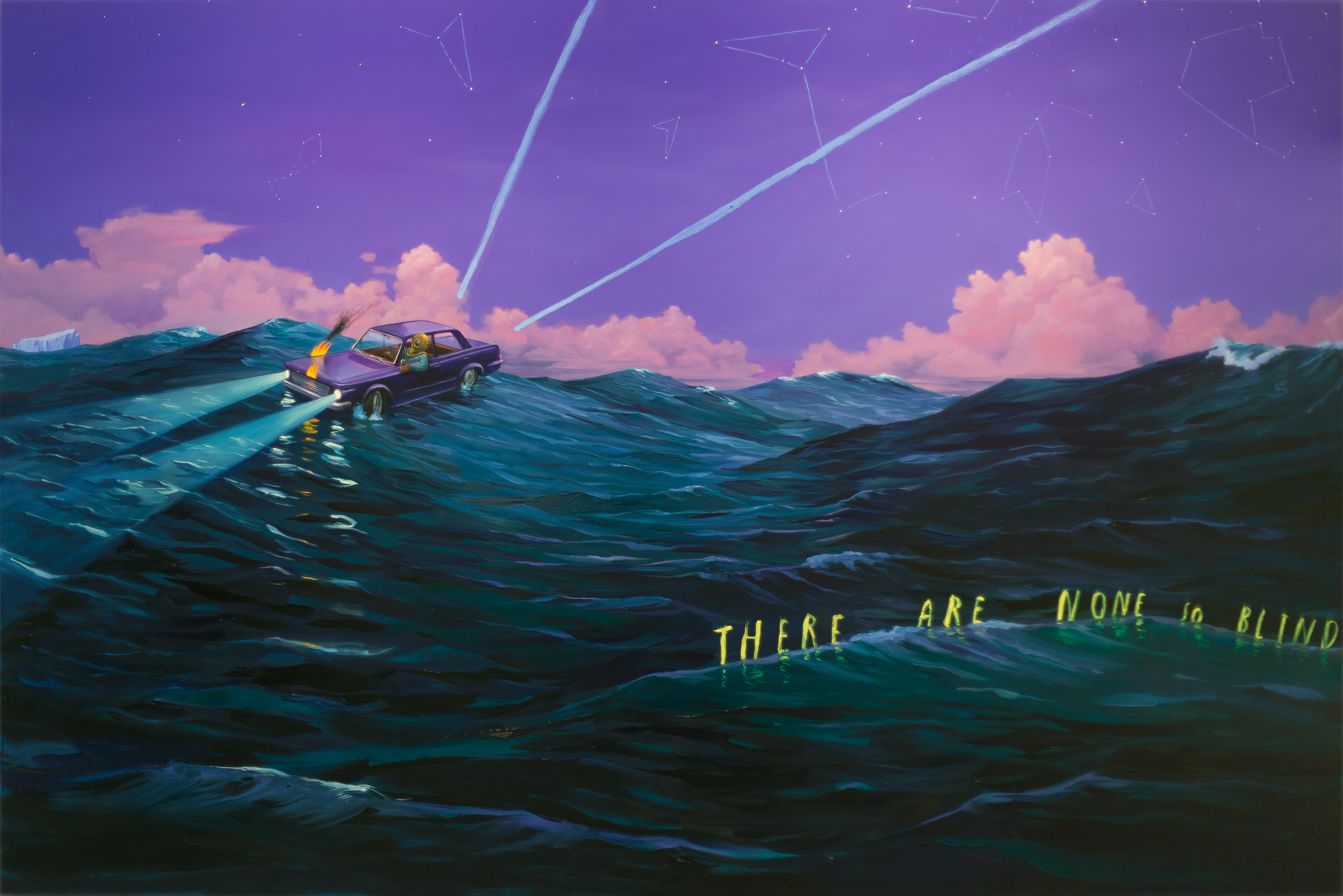
We have often been placated with the notion that real change takes time. But this is only true where apathy is its main resistance. Change can come suddenly too.
Western society saw change occur at breakneck speed in the 1950s, when we went from the rationing of World War II to such disposable affluence that planned obsolescence was openly celebrated: buy it cheap, buy it new, keep up with the Joneses. It was the decade that plastic really entered the cycle of humanity. And though we now know it permeates everything on our planet as a poison, it is still being produced at alarming rates.
But the biggest change of the 1950s was that collective selfishness fell upon us. People spent money, and votes, on whatever ticked the “What’s in it for me?” box. Since then, we have lived an accelerated life of excess, and now we are realizing the party is over. The hangover is setting in, and we have been handed the bill.
And yet an astounding number of people are still pretending that the way humans have behaved has nothing to do with how the climate has shifted. Why do we do or care so little? Why are we so willing to hand such a damaged planet to our children?
In his seminal 1960s book Operating Manual for Spaceship Earth, R. Buckminster Fuller posits that if we treated our planet as a mechanical vehicle, we would treat it much differently than we do. As car owners, we know that if the oil runs low, we change it; if the tires run flat, we inflate them; if the gas runs low, we top it off. But we have not been looking after this vehicle upon which we are all riding. Indeed, we are too distracted arguing over what to play on the radio to notice the smoke coming from the engine.
We are vaguely terrified by a dystopian future where freshwater is scarce and the earth is mostly arid. But it feels like the next generation’s problem. The long-looming, slow-approaching nature of the threat makes it feel impossible to do anything about it. It reminds me of a scene in Austin Powers where we see a hapless guard, rooted to the spot, screaming in horror at the approach of a large steamroller that will surely flatten him, only for the camera to pan back to reveal it is hundreds of feet away, moving at a snail’s pace. The steamroller will arrive. Will we be standing in the same spot?
Someone who can “turn on a dime” can navigate nimbly in tight restrictions. If that’s not what’s been happening since March 2020, I don’t know what is. Consider how much has changed, how quickly the planet, given a brief rest, began to recover.
To become distracted now would be folly, and it will be our children who bear the brunt of the steamroller. What, then, can we, as the village it takes to raise them, do to help prepare these kids for the unfinished task at hand?
Holding up our hands and painting the extent of the problem with total transparency is a good first step. We can encourage them by example to make the sacrifices that have until now proved too difficult for ourselves–cutting ourselves off from fossil fuels, redistributing wealth, returning our waste to the earth as food rather than as poison. We should also shut up and listen to them rather than feeding them our broken stories. Most important, we should shift our thinking from “me” to “we.” Whatever threats loom over us in the future, be they rising seas or global pandemics, one thing is certain: they will affect us all.
There is an old Irish saying: “There are none so blind as those who will not see.” For the first time in a while, the blindfold is coming off, and we are turning on a dime.
More Must-Reads from TIME
- How Donald Trump Won
- The Best Inventions of 2024
- Why Sleep Is the Key to Living Longer
- Robert Zemeckis Just Wants to Move You
- How to Break 8 Toxic Communication Habits
- Nicola Coughlan Bet on Herself—And Won
- Why Vinegar Is So Good for You
- Meet TIME's Newest Class of Next Generation Leaders
Contact us at letters@time.com